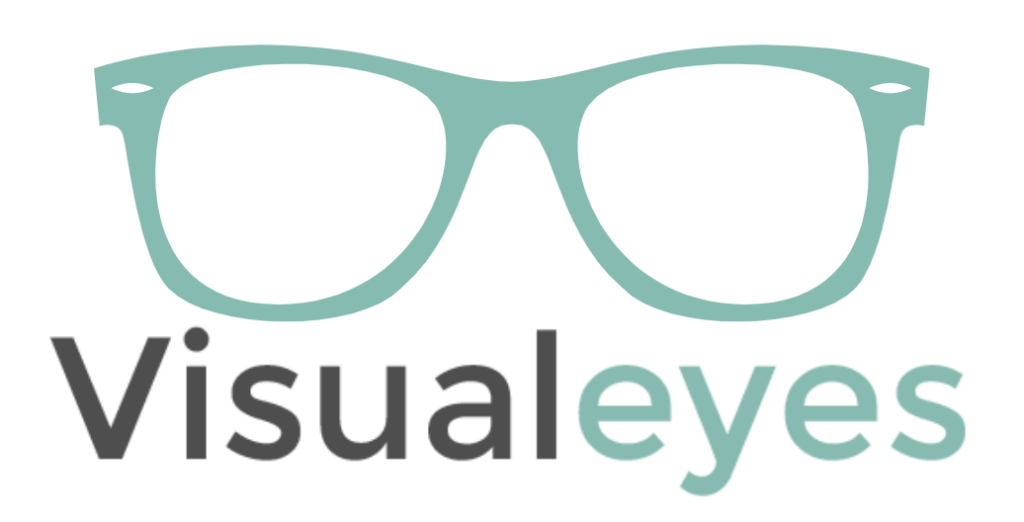Eye Exams
Unlike a simple vision screening, a comprehensive eye exam evaluates the overall health of the eyes. It helps the optometrist or ophthalmologist determine your unique prescription needs. Regular comprehensive exams, starting in infancy, are crucial for proper eye and vision development. They also detect many eye diseases and vision changes that may occur without obvious symptoms.
What Does a Comprehensive Eye Exam Include?
A comprehensive exam includes visual acuity testing using eye charts like the Snellen chart. This identifies how sharply you can see details at 20 feet. The fourth line from the bottom represents 20/20 vision, the standard for adequate visual acuity without corrective lenses.
If you cannot read the smaller lines, the doctor will start testing from higher lines to determine your precise prescription needs. A comprehensive exam does much more than just check your glasses/contacts prescription. It also screens for common eye diseases, assesses how your eyes work together, and evaluates your eyes as an indicator of overall health.
Why it’s Important to Get Regular Eye Exams
Regular comprehensive eye exams are crucial. They can be the first way to detect chronic conditions like high blood pressure and diabetes. Maintaining routine eye health checks is the best way to preserve your vision long-term.
Please contact us if you have any questions or would like to schedule an appointment.
